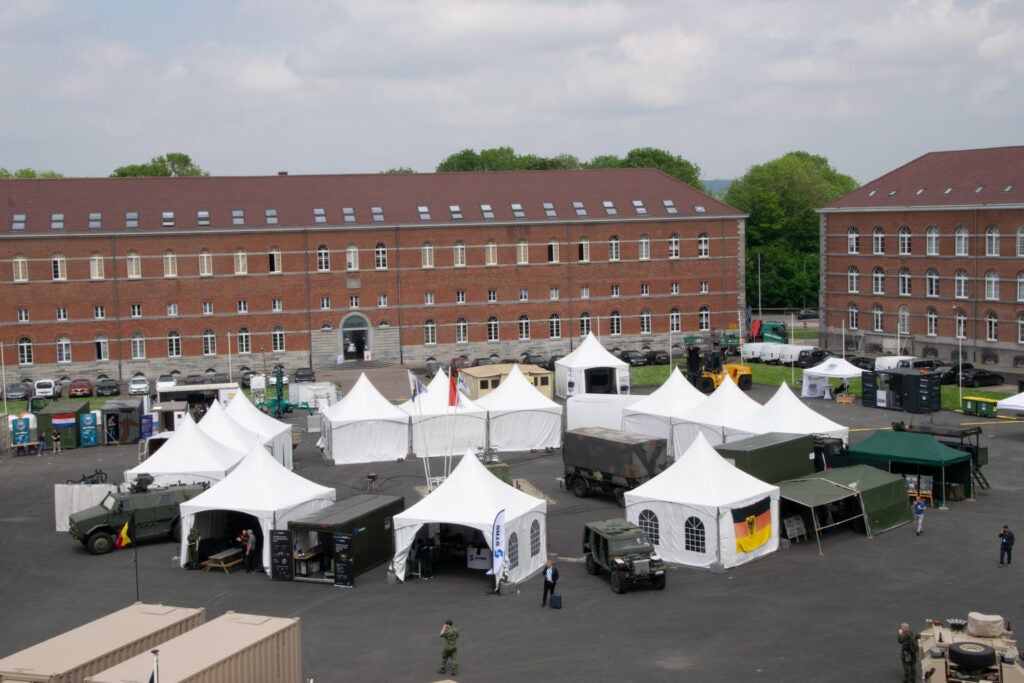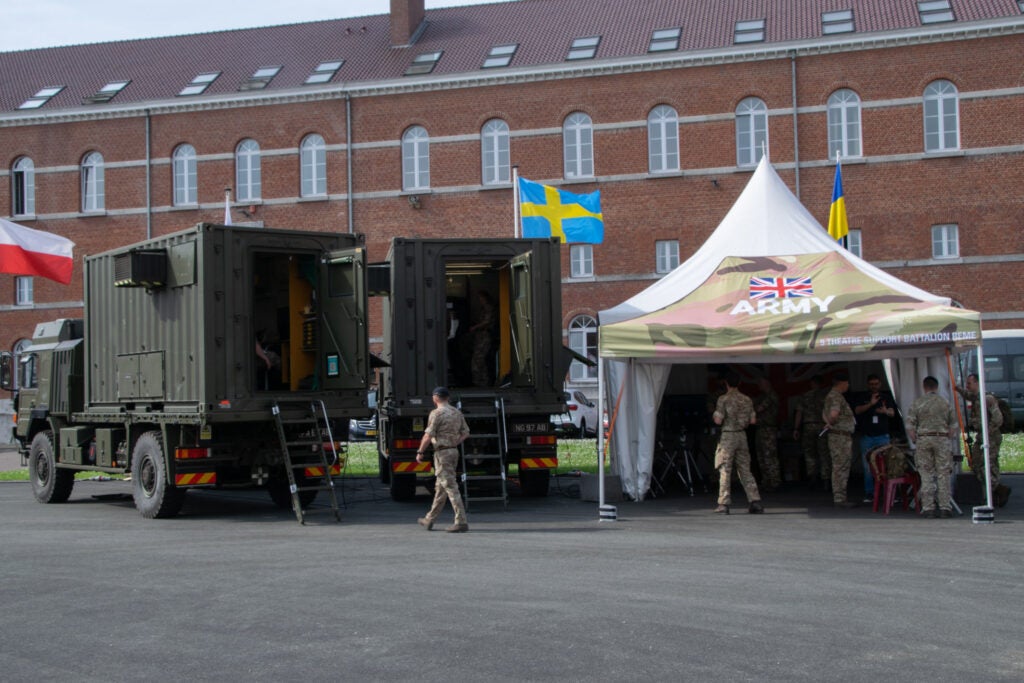Ukrainian Army Delegation Shows Interest in Additive Manufacturing Potential at the EDA AM Village
Back in May the charming town of Tournai, Belgium, hosted the second edition of the AM Village. The event, organized and promoted by the European Defence Agency, gathers Armed Forces from multiple countries, military equipment OEMs, and Additive Manufacturing providers.
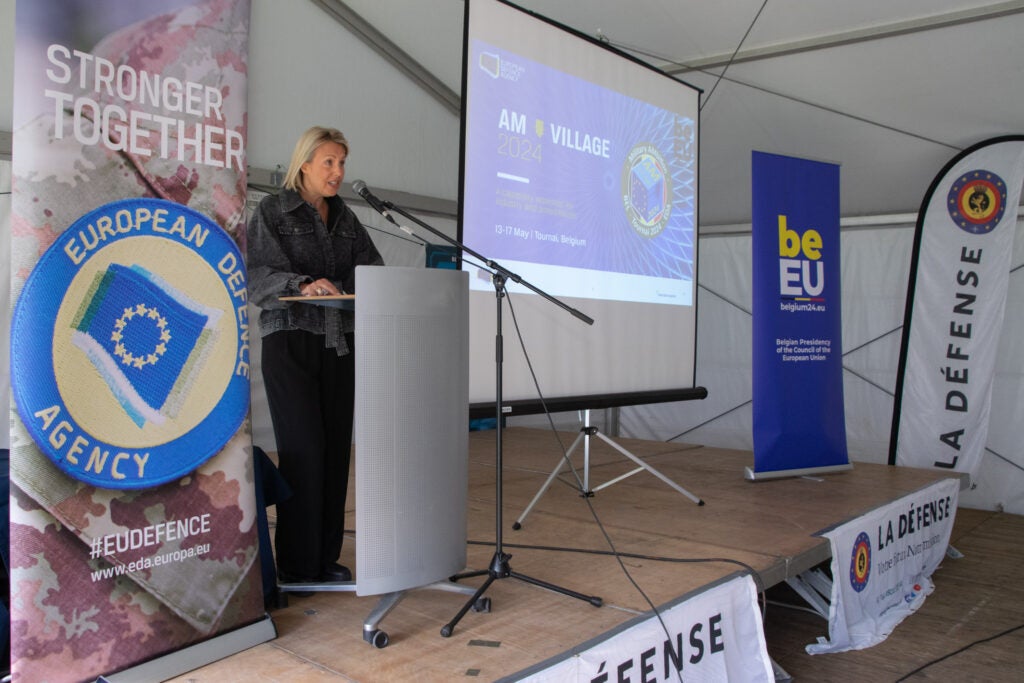
The 5-day convention, between conferences and practical workshops, aims to connect military users with the industry, offering the armies more awareness about advanced technologies. On the other hand, the exposure to the military forces’ needs is a valuable source of unfiltered market data for AM manufacturers and providers.
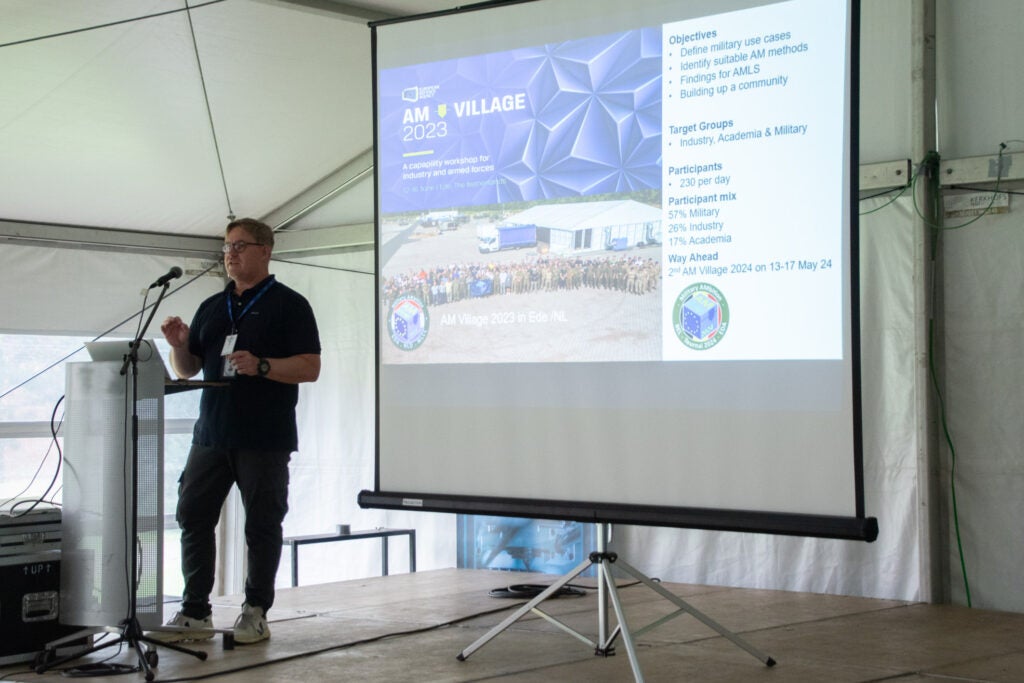
During the first event, in 2023, participants were invited to focus on Battle Damage Repair (BDR). As the name implies, this means repairing equipment and vehicles critically damaged after being hit, directly or not, by enemy fire. This a critical need of all fighting forces, and one of the hardest challenges for engineers as the damage is often unpredictable and usually extensive.
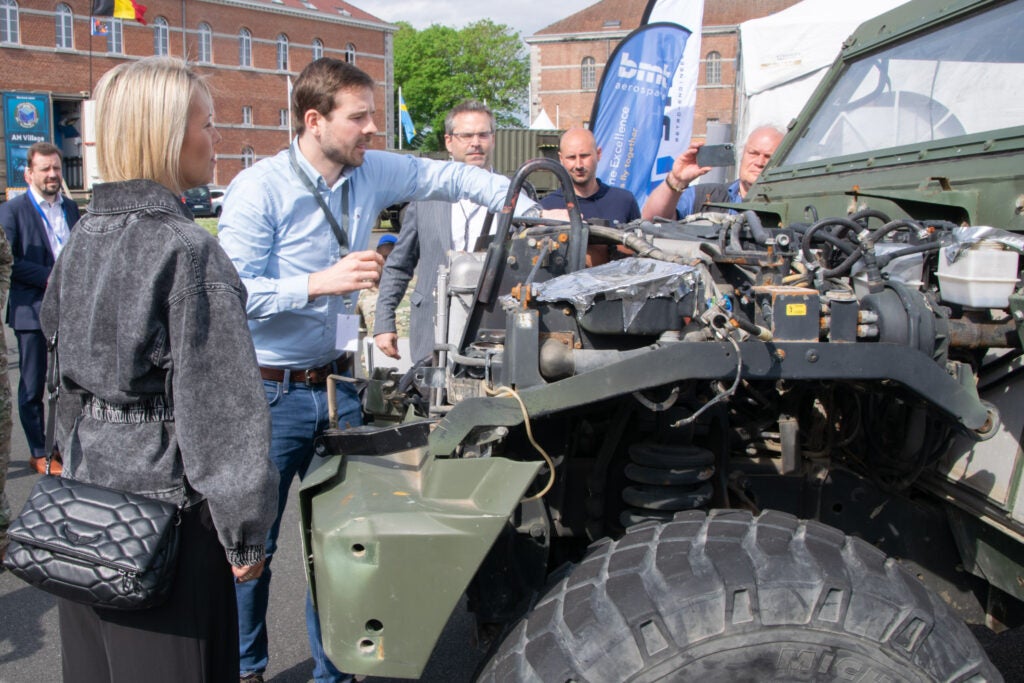
This year the focus was moved toward Expedient Repair (ER), meaning devising a temporary solution to repair damaged or worn-out components or replace broken spare parts, in the field. Generally, this is required in order to allow the equipment to complete the mission, to be then restored permanently once out of the battlefield. The nature of these repairs is more localized than BDR, making them a good, realistic, target for several Additive Manufacturing technologies.
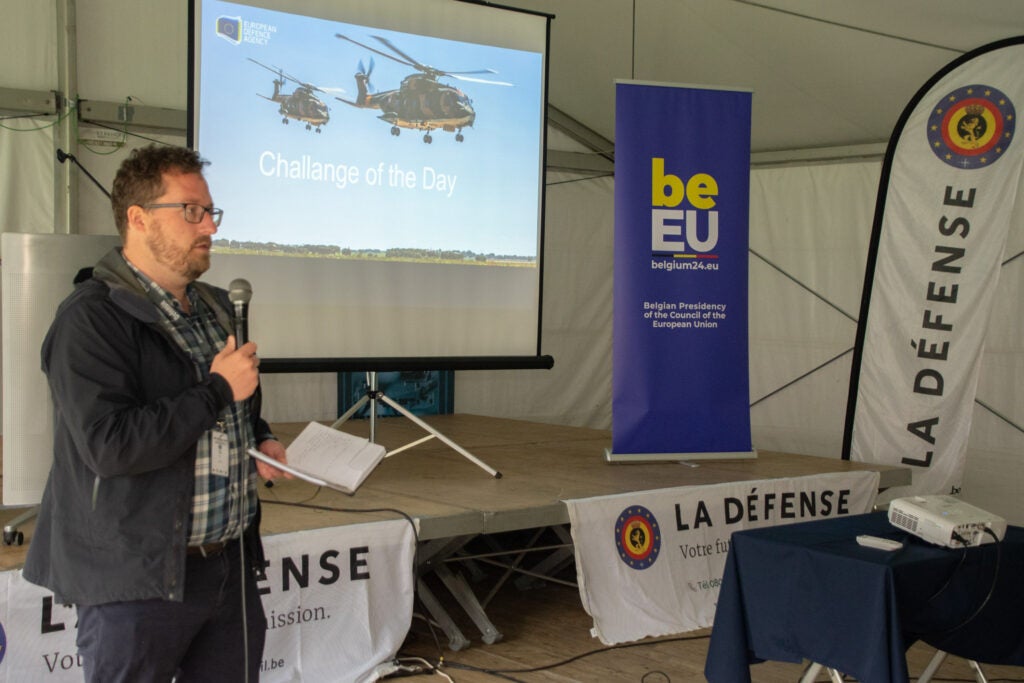
The host nation, Belgium, offered a few components of a legacy military truck for the participants to try to replicate during the event. While this exercise was welcomed and approached successfully by several parties, an unexpected and more urgent need for solutions was brought straight from the war in Ukraine.
The British Army delegation at AM Village hosted a team from the Logistics Division of the Ukrainian Army. The team came with a few dozen simple components, mostly metal ones, that frequently break or wear out during operations. While the Ukrainian Army clearly mentioned their need for repairs on large equipment, such as howitzer barrels, the mechanical components brought were small enough to fit in the build envelope of most desktop 3D printers, giving all the providers involved a chance at offering a solution
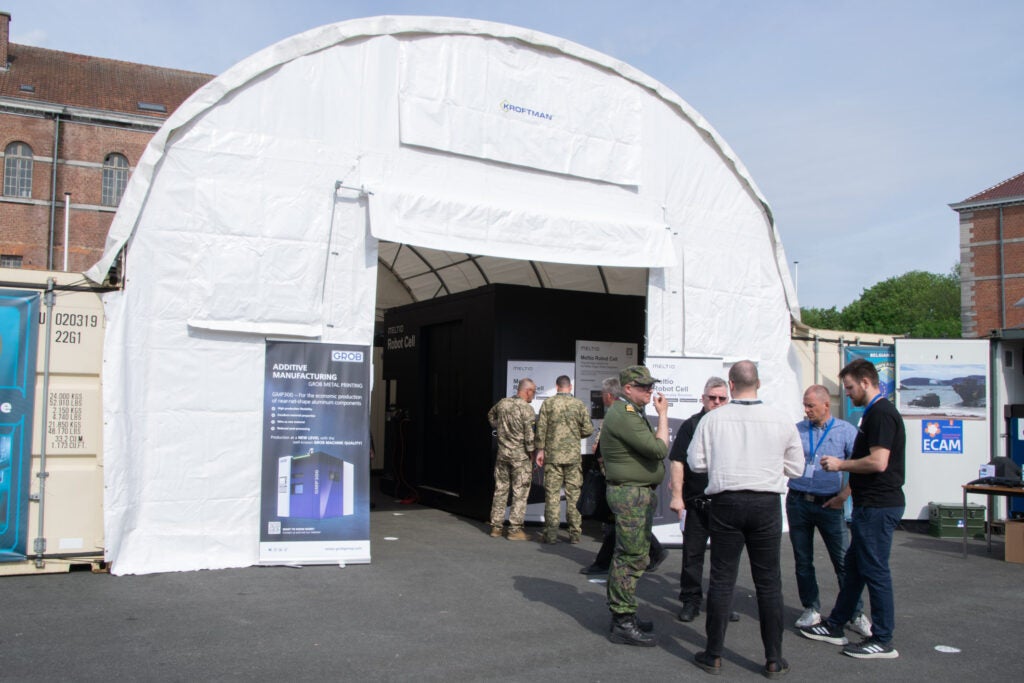
As the Ukrainian armed forces are fighting with limited resources, utilizing etherogenous equipment coming from multiple donors (or captured from the enemy) their need for maintenance is a constant concern. An approach including Additive Manufacturing would not only target BDR and ER, but it could be the only option to keep vehicles and armament in running condition as long as possible.
Being that none of the Ukrainian parts came with design data, the UA delegation experienced during the event the full process flow that they would have to go through, should they adopt AM. The sample parts first needed to undergo reverse engineering to digitize them. This step, depending on the complexity of the component, could be done either by 3D scanning or simply by measuring with a Vernier caliper and then 3D modeling. The resulting digital model, together with some educated guesswork on the best material to be employed, formed the core of the data required by the 3D printing providers to generate a physical part.
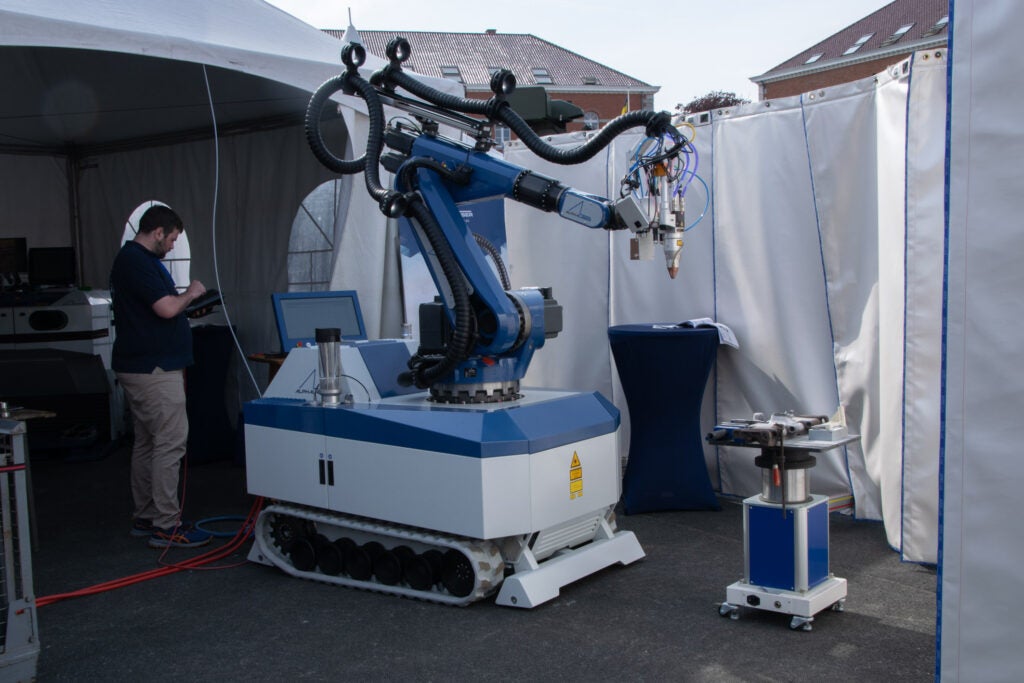
While some of the components brought to the AM Village were potentially replaceable by polymer prints, the main focus of the UA delegation was on metal AM solutions. Polymer 3D printing on desktop machines has proven its value in Ukraine’s military efforts on multiple occasions. However, critical replacement parts on land vehicles and armaments calls for metal, mostly steel, heavy duty solutions. The equipment, operator knowledge and ancillary operations (heat treatment, machining) place metal AM in a completely different category from the now ubiquitous desktop 3D printing.
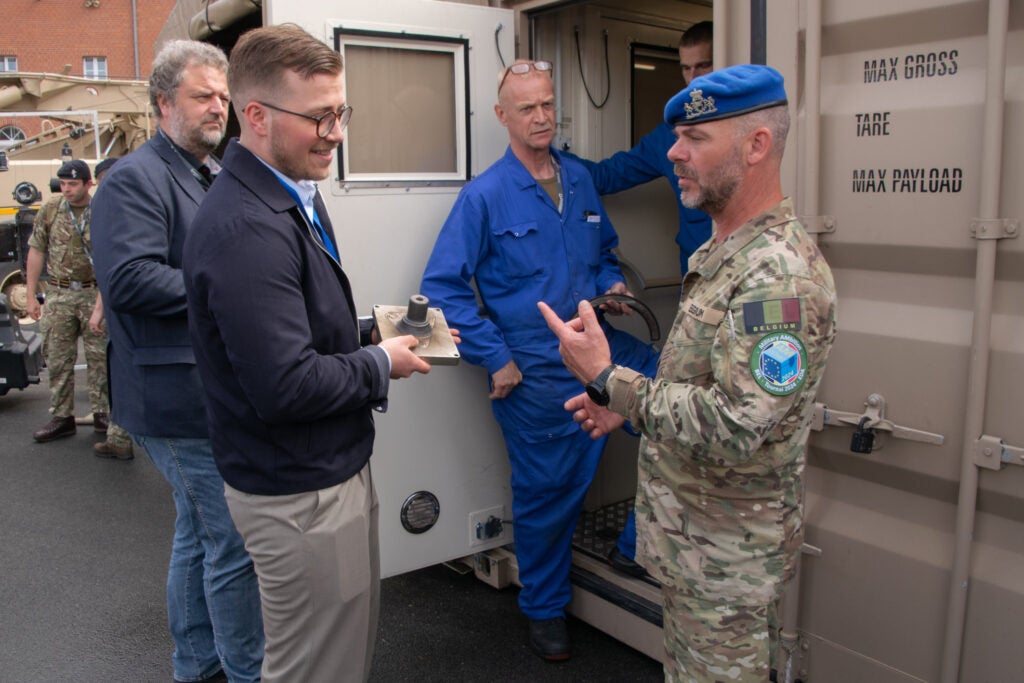
During the event a few Additive Manufacturing OEMs produced fully functional replicas of the UA parts. Some manufacturers did so with solutions already designed with military operations in mind, others with a more industrial focus. In either cases the delegation was able to assess the potential value that such solutions would bring to the field or to the maintenance workshops.
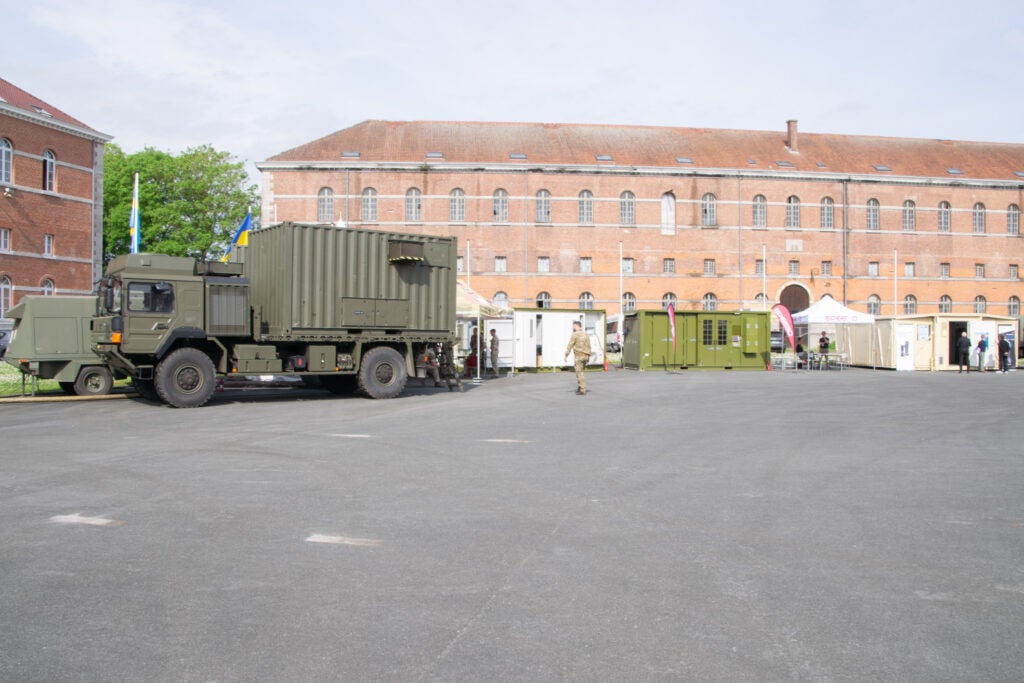
Additive Manufacturing is becoming increasingly present in the industrial sector, but it can indeed bring the greatest advantage in the defense sector, where economic considerations take the back seat to delivery times. Moreover, as we’ve seen with a DEVCOM program as well, the possibility of manufacturing quickly temporary parts, with limited concerns for they longevity, broadens the spectrum of potential applications. This drove the EDA approach of prioritizing Expedient Repair and the concrete, urgent, interest shown by the Ukrainian Army validates the concept, likely setting a strong precedent in the field.

